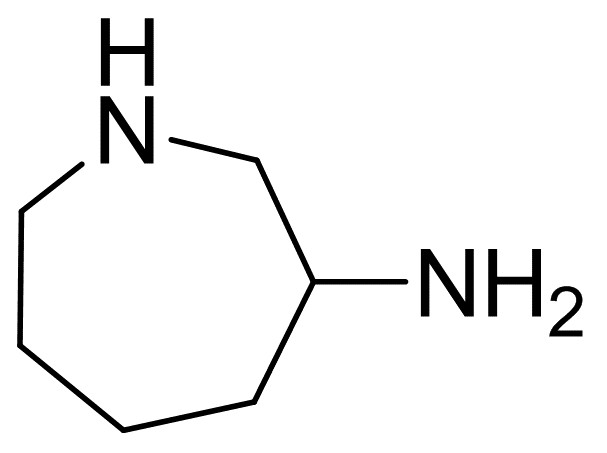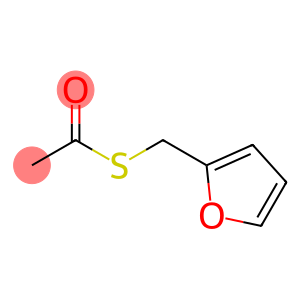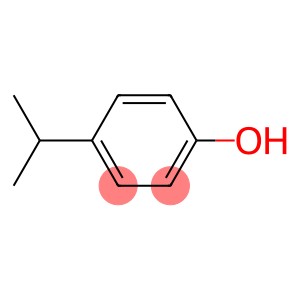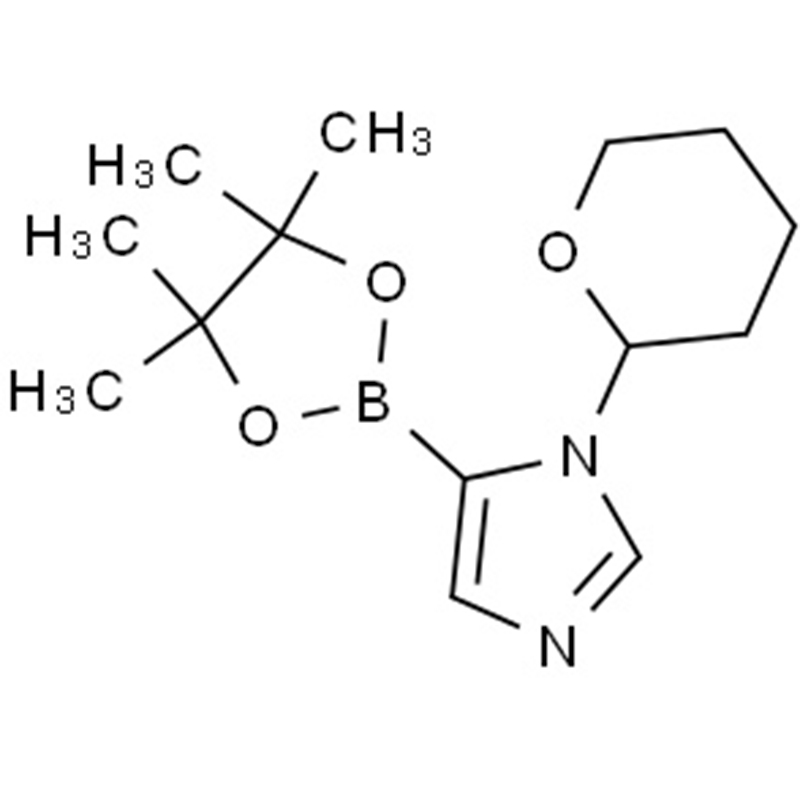2-Methoxy-3-methylpyrazine(CAS#2847-30-5)
| Hazard Symbols | Xn – Harmful |
| Risk Codes | R22 – Harmful if swallowed R37/38 – Irritating to respiratory system and skin. R41 – Risk of serious damage to eyes R10 – Flammable |
| Safety Description | S26 – In case of contact with eyes, rinse immediately with plenty of water and seek medical advice. S39 – Wear eye / face protection. S16 – Keep away from sources of ignition. |
| UN IDs | UN 1993 3/PG 3 |
| WGK Germany | 3 |
| TSCA | Yes |
| HS Code | 29339900 |
| Hazard Class | 3 |
| Packing Group | III |
Introduction
2-Methoxy-3-methylpyrazine (also known as methoxylate) is an organic compound. The following is an introduction to its properties, uses, manufacturing methods and safety information:
Quality:
- Appearance: Melafenone is a colorless to light yellow crystal or crystalline powder.
- Solubility: It is not easily soluble in water, but it is soluble in organic solvents such as ethanol and chloroform.
Use:
Method:
There are several ways to prepare melafenone, and the common ones include the following two:
- Synthesis by oxidation reaction: 2-methoxy-3-methylpyridine is reacted with zinc chloride, and then acidified with acid to obtain methrafenone.
- Synthesis by substitution reaction: Methoxy-3-methylpyridine is reacted with a substituent (such as methyl iodide) under alkali catalysis to obtain methrenone.
Safety Information:
- Melafenone is a chemical and has certain hazards.
- Avoid inhaling dust, contact with skin and eyes, and prevent ingestion.
- Wear protective gloves and glasses to ensure good ventilation.
- Waste should be disposed of in accordance with local environmental regulations.








